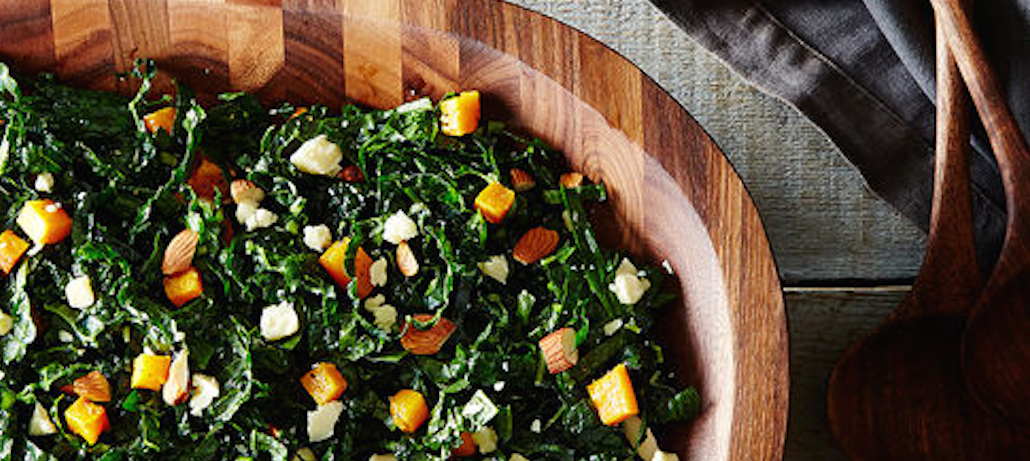
As media companies hunger for new revenue ingredients, commerce is a natural place to go. But blending content and commerce is tough when the metrics, skills and culture are different. (It’s not easy for the commerce sites that have tried to get into the publishing business, either; when was the last time you shared an article from Gilt?)
Publishers that are looking to get into commerce would do well to look at Food52. Food journalists Amanda Hesser (a former New York Times reporter and columnist) and Merrill Stubbs started it as a site for passionate home cooks in 2009, and soon had a collection of 31,000 recipes, mostly from users. But they recognized that small media cannot live on advertising alone, not when it’s up against large-scale competitors like AllRecipes and Food Network. Instead, Food52 opened an online food shop in 2013. Today, revenue from product sales accounts for two-thirds of its revenue, the rest coming from advertising.
“Our vision for the company was always to provide a single destination for everything you’d need in your cooking life — from recipes and how-to’s to kitchen tools and ingredients,” Hesser said.

Many attempts to blend content and commerce can feel forced. Food52 looks for products that feel distinct or are exclusive to the site. Food52 worked with Fisheye Brooklyn to create these porcelain bowls ($75 for two) and with MZ Wallace on this farmer’s market tote ($365). One-third of the products offered are exclusives, and they accounted for seven of the 10 best sellers in 2014.
Food, like fashion and gadgets, is a natural fit for commerce, but Food52 was intent on integrating commerce in a way that felt true to its brand. It does so in two main ways: through product suggestions at the bottom of columns and recipes and on the site’s shopping channel. Editorial judgment is present throughout: The editorial and product teams look for areas of overlap early in the editorial and product release process (cooking with spring herbs and garden supplies, for example).
Food52 brings in the community, too. Shoppers can see how many people favorited an item, and in the case of the tote bag, Food52 asked readers to vote on a product color.
Hesser said Food52 tries to make it as easy for people to buy without making them feel like they have to. While many of the items sold aren’t essentials (like a $24 biscuit cutter), when the site writes about the people behind them, she said that time on site and sales are “impacted dramatically.”
“We’re not trying to compete directly with Amazon but instead create a highly curated set of kitchen and home goods that we supplement, in a way no one else does, with content and recipes for a one-stop shop experience,” she said.
“What I see them doing well is the quality of community content; they focus on the content first and brought in a shopping element, and it feels native,” said Alicia Navarro, CEO and founder of Skimlinks, a third party that manages commerce for publishers including Time Inc., Hearst and Gawker. “The big challenge that all merchants have is beating the behemoths, and best thing they can do is beat them with the experience and the exclusivity of the products.”
Few publishers want to go all in and become full-fledged retailers, but the lower-risk model of embedding product links that send the shopper to a retailer’s site is also low-reward. Skimlinks says the average cut its publishers receive on a sale this way is 5 percent.
Food52 takes an in-between path. It handles the sale and payment and sends the order to the vendor, which handles the shipping. This way, it owns the customer experience and keeps more of the revenue than in the affiliate model. Leaving delivery to the vendors can lead to delivery delays and unhappy customers, though, as online retailer Fab discovered.
Bridget Williams, COO of Food52, said the company’s customer service team focuses on its high-volume vendors to minimize delivery problems.
“We have some very strict policies about how fast orders need to be shipped out so we feel we can control the order-time experience,” she said. “If you’re managing that with smaller vendors, it should be just fine.” At some point, it may hold inventory of its exclusive products as it learns to gauge how many will sell.
Homepage photo courtesy of Bobbi Lin via Food52.
More in Media

The biggest SEO lessons in 2025 for publishers
KPIs are changing, more AI search data is becoming available, and publishers are looking beyond search to grow their audiences and revenue.

Digiday’s comprehensive guide to what’s in and out for publishers in 2026
Adaptability stopped being a nice-to-have for publishers years ago; it became a survival skill. Here’s a look at Digiday’s guide to what’s in and out for 2026.

Here are the biggest moments in AI for publishers in 2025
Here are some of the moments that defined how publishers adapted to the AI era this year.





